Usage
The template for used to configure these sub-pages is located at {{Selected article}}
- Add a new Selected article to the next available sub-page.
- Update "max=" to new total for its {{Random portal component}} on the main page.
Selected article 1
Portal:European military history/Selected article/1

Selected article 2
Portal:European military history/Selected article/2

Selected article 3
Portal:European military history/Selected article/3

Selected article 4
Portal:European military history/Selected article/4
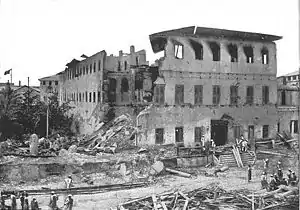
Selected article 5
Portal:European military history/Selected article/5

Selected article 6
Portal:European military history/Selected article/6

Selected article 7
Portal:European military history/Selected article/7

Selected article 8
Portal:European military history/Selected article/8
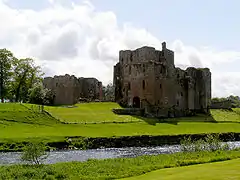
Selected article 9
Portal:European military history/Selected article/9

Selected article 10
Portal:European military history/Selected article/10
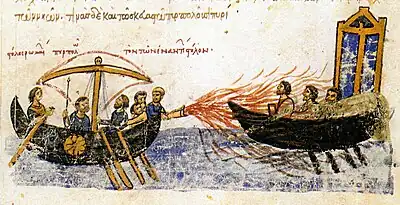
Selected article 11
Portal:European military history/Selected article/11

Selected article 12
Portal:European military history/Selected article/12
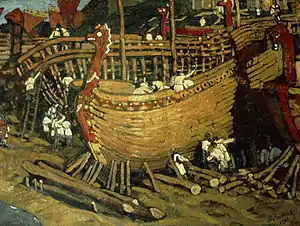
Selected article 13
Portal:European military history/Selected article/13

Selected article 14
Portal:European military history/Selected article/14
.jpg.webp)
Selected article 15
Portal:European military history/Selected article/15

Selected article 16
Portal:European military history/Selected article/16

Selected article 17
Portal:European military history/Selected article/17

Selected article 18
Portal:European military history/Selected article/18
.jpg.webp)
Selected article 19
Portal:European military history/Selected article/19

Selected article 20
Portal:European military history/Selected article/20 The Freedom Monument is a memorial, located in Riga, Latvia, in honor of soldiers killed in action during the Latvian War of Independence. It is considered an important symbol of the freedom, independence and sovereignty of Latvia. Unveiled in 1935, the 42-metre (138 ft) high monument of granite, travertine and copper often serves as the focal point of public gatherings and official ceremonies. The sculptures and bas-reliefs of the Freedom Monument, arranged in thirteen groups, depict Latvian culture and history. The core of the monument is composed of tetragonal shapes on top of each other, decreasing in size towards the top, completed by a 19-metre (62 ft) high travertine column bearing the copper figure of Liberty lifting three gilded stars. After several contests the monument was finally built at the beginning of the 1930s according to the scheme "Shine like a star!" by Latvian sculptor Kārlis Zāle. During World War II, Latvia was annexed by the USSR and the Freedom Monument was considered for demolition, but no such move was carried out. Soviet sculptor Vera Mukhina is sometimes credited with the rescue of the monument, possibly because she considered it to be of the highest artistic value. It remained a symbol of national independence to the general public and on 14 June 1987 about 5,000 people gathered there to commemorate the victims of the Soviet regime and to lay flowers. This rally began the national independence movement and three years later the independence of Latvia was re-established. (Full article...)
Selected article 21
Portal:European military history/Selected article/21
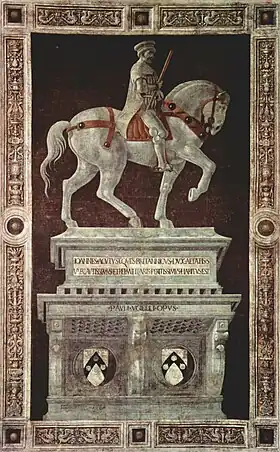
Selected article 22
Portal:European military history/Selected article/22

Selected article 23
Portal:European military history/Selected article/23

Selected article 24
Portal:European military history/Selected article/24
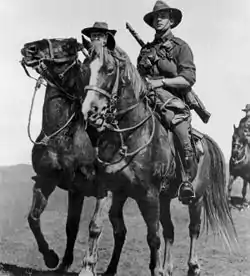
Selected article 25
Portal:European military history/Selected article/25

Selected article 26
Portal:European military history/Selected article/26
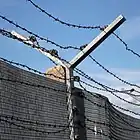
Selected article 27
Portal:European military history/Selected article/27

Selected article 28
Portal:European military history/Selected article/28

Selected article 29
Portal:European military history/Selected article/29
.jpg.webp)
Selected article 30
Portal:European military history/Selected article/30

Selected article 31
Portal:European military history/Selected article/31
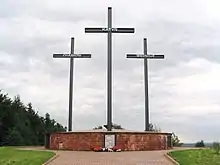
Selected article 32
Portal:European military history/Selected article/32

Selected article 33
Portal:European military history/Selected article/33

Selected article 34
Portal:European military history/Selected article/34
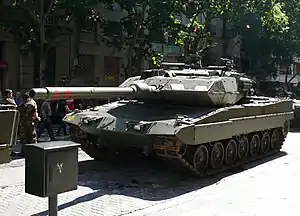
Selected article 35
Portal:European military history/Selected article/35
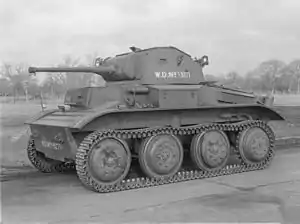
Selected article 36
Portal:European military history/Selected article/36

Selected article 37
Portal:European military history/Selected article/37

Selected article 38
Portal:European military history/Selected article/38
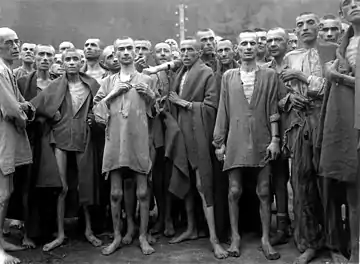
Selected article 39
Portal:European military history/Selected article/39
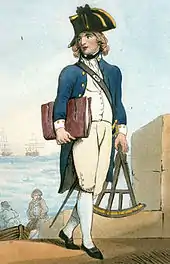
Selected article 40
Portal:European military history/Selected article/40

Selected article 41
Portal:European military history/Selected article/41

Selected article 42
Portal:European military history/Selected article/42
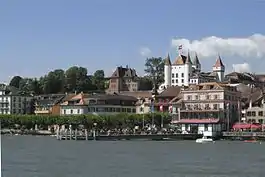
Selected article 43
Portal:European military history/Selected article/43

Selected article 44
Portal:European military history/Selected article/44
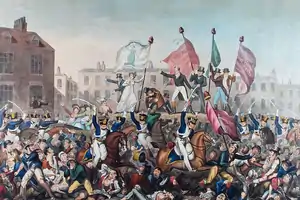
Selected article 45
Portal:European military history/Selected article/45
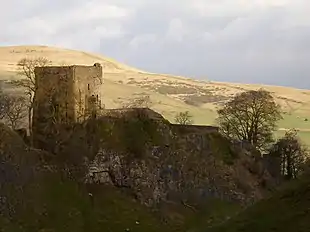
Selected article 46
Portal:European military history/Selected article/46

Selected article 47
Portal:European military history/Selected article/47

Selected article 48
Portal:European military history/Selected article/48
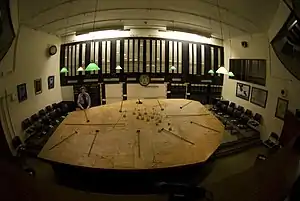
Selected article 49
Portal:European military history/Selected article/49

Selected article 50
Portal:European military history/Selected article/50

Selected article 51
Portal:European military history/Selected article/51

Selected article 52
Portal:European military history/Selected article/52

Selected article 53
Portal:European military history/Selected article/53

Selected article 54
Portal:European military history/Selected article/54
![Conrad III of Germany personally led the crusade]](../../I/Konrad_III_Miniatur_13_Jahrhundert.jpg.webp)
Selected article 55
Portal:European military history/Selected article/55
_-_Arte_Romana_-_Photo_Paolo_Villa_FO232047_ombre_gimp_bis.jpg.webp)
Selected article 56
Portal:European military history/Selected article/56
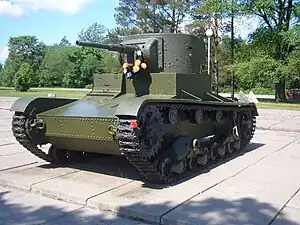
Selected article 57
Portal:European military history/Selected article/57
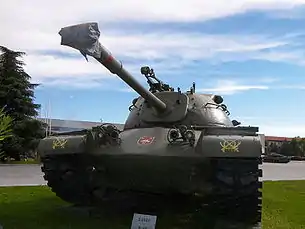
Selected article 58
Portal:European military history/Selected article/58

Selected article 59
Portal:European military history/Selected article/59
.jpg.webp)
Selected article 60
Portal:European military history/Selected article/60

Selected article 61
Portal:European military history/Selected article/61
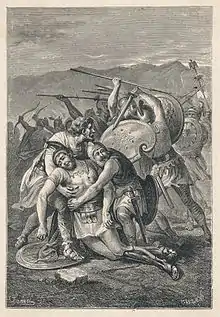
Selected article 62
Portal:European military history/Selected article/62
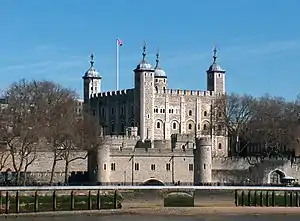
Selected article 63
Portal:European military history/Selected article/63
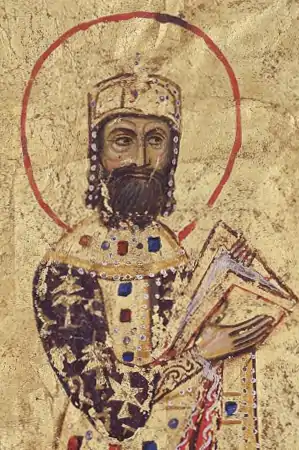
Selected article 64
Portal:European military history/Selected article/64
.svg.png.webp)
Historians debate whether or not Otto von Bismarck, the Minister President of Prussia, had a master-plan to expand the North German Confederation of 1866 to include the remaining independent German states into a single entity, or whether he simply sought to expand the power of the Kingdom of Prussia. They conclude that factors in addition to the strength of Bismarck's Realpolitik led a collection of early modern polities to reorganize political, economic, military and diplomatic relationships in the 19th century. By establishing a Germany without Austria, the political and administrative unification in 1871 at least temporarily solved the problem of German dualism. (Full article...)
Selected article 65
Portal:European military history/Selected article/65
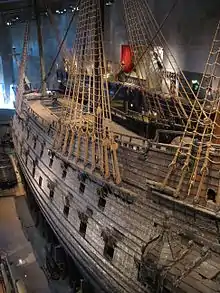
Selected article 66
Portal:European military history/Selected article/66
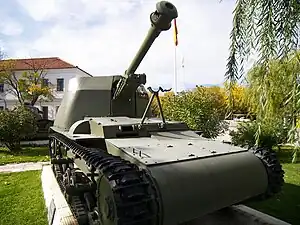
Selected article 67
Portal:European military history/Selected article/67 The Victoria Cross is the highest military decoration awarded for valour "in the face of the enemy" to members of the armed forces of some Commonwealth countries and previous British Empire territories. It takes precedence over all other orders, decorations, medals and postnominals. It may be awarded to a person of any rank in any service and civilians under military command, and is presented to the recipient by the British monarch during an investiture held at Buckingham Palace. It is the joint highest award for bravery in the United Kingdom with the George Cross, which is the equivalent honour for valour not "in the face of the enemy". The VC was introduced on 29 January 1856 by Queen Victoria to reward acts of valour during the Crimean War. Since then the medal has been awarded 1,356 times to 1,353 individual recipients. Only 14 medals have been awarded since the end of the Second World War. Due to its rarity, the VC is highly prized and the medal can reach over £200,000 at auction. There are a number of public and private collections devoted to it, most notably that of Lord Ashcroft, which contains over one-tenth of the total VCs awarded. (more...) (Full article...)
Selected article 68
Portal:European military history/Selected article/68

Selected article 69
Portal:European military history/Selected article/69

Selected article 70
Portal:European military history/Selected article/70
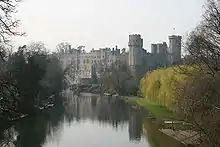
Selected article 71
Portal:European military history/Selected article/71
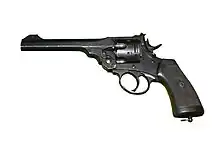
Selected article 72
Portal:European military history/Selected article/72

Selected article 73
Portal:European military history/Selected article/73
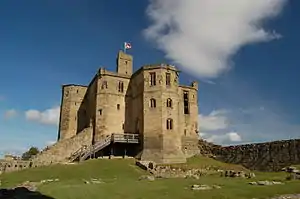
Selected article 74
Portal:European military history/Selected article/74

Selected article 75
Portal:European military history/Selected article/75
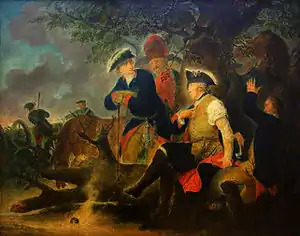
- ↑ Gardiner & Gray, p. 145.